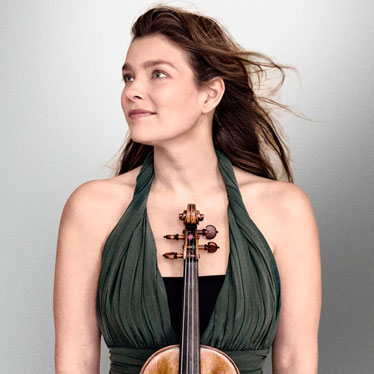6 Tips For Dressing For Performance Success

Nothing replicates the excitement and intensity of a live performance. Not for you the performer or the audience. Certainly the “live” part of performing has much to do with creating an intensely emotional atmosphere. Yet the unique setting of a live performance is also driven by other matters as well – from lighting to your stage presence, and how you dress affects the performance.
This isn’t just common sense – it’s science. A group of professors reviewed a number of studies on how formal dress might impact the wearer’s behavior in their article “The Cognitive Consequences of Formal Clothing,” first published in the Social Psychological and Personality Science journal in 2015. In their review, they found that people performed better on cognitive tests while wearing formal attire, as opposed to casual clothes. Improved cognitive ability is no small matter when it comes to channeling your creativity.
And it works both ways. Other studies have found people’s assumptions about your competence and personality are highly influenced by what you’re wearing. Making a good first impression and all that. When you first walk out on to that stage, before you even play a note, the audience is already making unconscious assumptions that affect how they’ll react to your performance.
So yeah, your clothes matter. You needn’t aspire to becoming a fashion icon, but you do need to dress the part. To help dress for success no matter where you’re performing, here’s a little checklist for you to go through:
- Always read through the venue’s or organization’s dress code. They may tell you exactly what you can and cannot wear. If they do – following their rules is your starting point. You will not get points for originality if you deviate from them.
- Are you comfortable in the outfit? Clothes that are a bad fit or make you fear some sort of wardrobe malfunction will weigh on your physical and mental performance. If we can slightly mis-paraphrase Coco Chanel: Dress uncomfortably and you’ll only think about your clothes; dress comfortably and you’ll think about the music.
- Don’t get too comfortable. In theory, flowing sleeves or pants cuffs may add a dramatic flair to a physical performance. In reality, they’ll get in your way and in the way of the audience who wants to watch the details of your performance.
- This isn’t the time to break in new duds. See point #2. You never know how new clothes or shoes (especially the shoes!!) are going to work out under the pressure of a performance. If you have a dress or suit you think will help you rock on stage, rehearse in the outfit first. New clothes need a performance workout before they should go on stage, just like you.
- Whatever you’re wearing, make sure it’s cleaned, pressed and all sewn-up where it needs to be. You’re showering before you go on stage, right? You’re not heading up there with wet hair, right? Take the same approach with your clothes. Any hems that need hemming – get those sewn up. You’ve been rehearsing in the outfit – great, but then get it cleaned and pressed before the performance. If your performance is busking on a pedway, you can get away with laundry t-shirt and jeans. Otherwise, clean up your act.
- Speaking of busking – you can always dress up a step, but you can’t dress down. If you wanted to play on the street wearing white tie and tails, that could be a lot of fun. You can’t wear busking attire for a formal performance the audience paid a lot of money to see. If the venue or organization hasn’t spelled out a dress code and you’re unsure – go to YouTube to see if you can find previous performances for guidance. Ask, if there’s someone you can ask.
Don’t make your clothes an afterthought. They’re an important part of the impression you’ll make, so take the time to select them with care and intention.
Photo of Janine Jansen, courtesy of janineJansen.com


